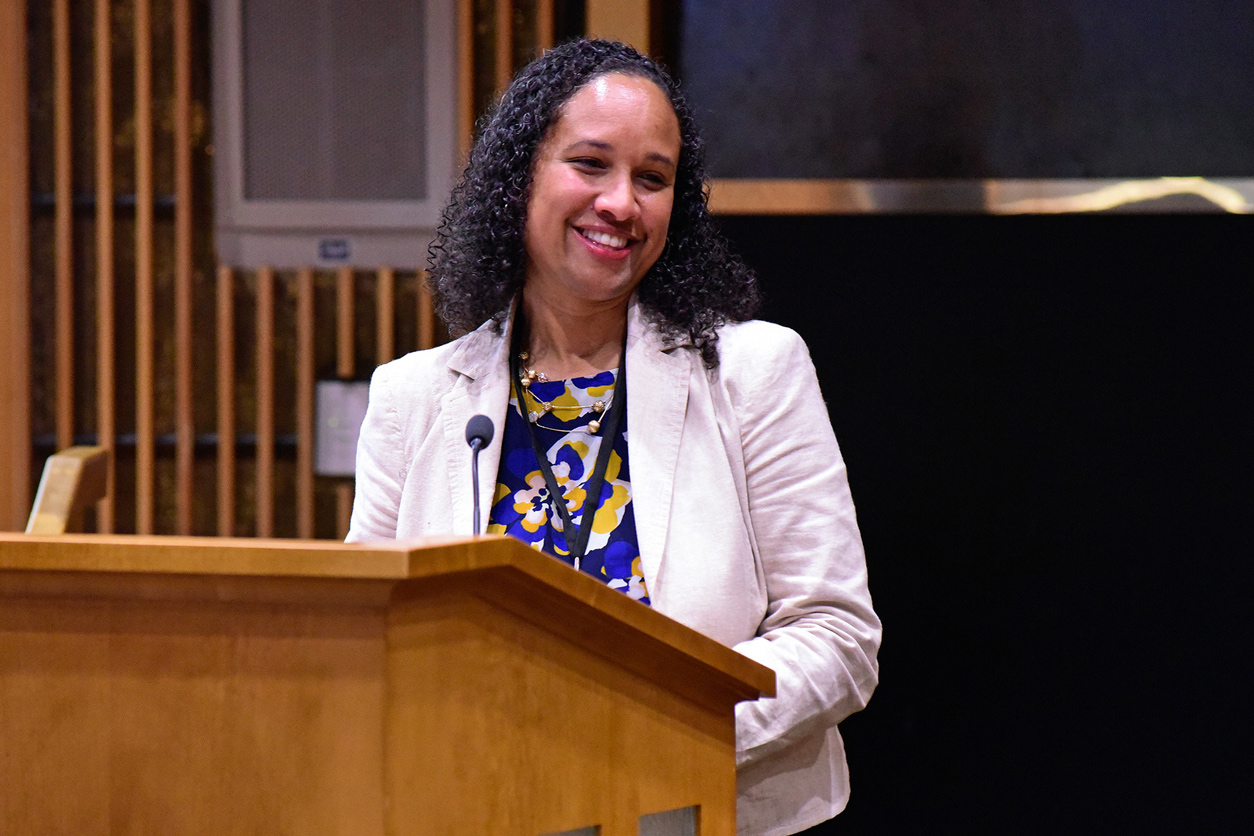October 13 marked the 7th annual Children’s Environmental Health Day (CEH Day), which raised awareness about the environmental health issues experienced by kids across the country. Organized by the Children’s Environmental Health Network (CEHN), the event takes place each year on the second Thursday of October.
This year, NIEHS-funded Children’s Environmental Health Research Translation Centers (CEHRTs) held seminars on subjects ranging from lead exposure and air pollution to housing and the health effects of climate change. Public health groups hosted activities that included nature fairs and art contests, and elected officials issued proclamations recognizing CEH Day.
“The partnerships that make up CEH Day continue to expand around the United States and beyond, highlighting actions, case examples, and resources that are working to protect all children today and into the future,” said CEHN Executive Director Nsedu Obot Witherspoon. “We applaud the work of our CEH Day partners and the important resources that they are for families and communities.”
 Witherspoon, shown here at a 2019 NIEHS event, also heads the CEHRT National Coordinating Center at Emory University. (Photo courtesy of Steve McCaw / NIEHS)
Witherspoon, shown here at a 2019 NIEHS event, also heads the CEHRT National Coordinating Center at Emory University. (Photo courtesy of Steve McCaw / NIEHS)Housing and health
The new Philadelphia Regional Center for Children’s Environmental Health aims to partner with universities and community groups to translate proven strategies and identify new approaches to improve children’s health. The center hosted an event titled “Healthy Homes, Healthier Children” during which experts focused on common indoor health hazards such as air pollution, lead, and asthma triggers.
Health risks of poor housing conditions were discussed by Marilyn Howarth, M.D., deputy director of the center, and director of the Community Engagement Core of the Center of Excellence in Environmental Toxicology at the University of Pennsylvania.
“Housing in the United States has been underappreciated as a determinant of public health,” she said.
In the early 20th century, some banks identified certain communities as “troubled,” Howarth noted. Many of those places included Black neighborhoods. Bankers refused loans or mortgages to people who lived there, a practice known as redlining.
Without money to fix houses, buildings deteriorate, she explained. Lead paint flakes from walls, and water that seeps into homes causes mold. These issues, among others, increase the risk for poor health outcomes such as cognitive impacts and respiratory problems in kids and adults.
“Mitigating health hazards in homes is the frontier of improving health and reducing health disparities,” said Howarth.
The talk also included insights from NIEHS-funded researcher Jessica Rice, D.O., an assistant professor and attending physician at Children’s Hospital of Philadelphia. Rice measures indoor air pollution and respiratory health outcomes in infants with chronic lung disease. She pointed out the risks associated with fine particle pollution, which include respiratory-related infant mortality, asthma, and wheezing in infancy.
Working year-round
The translational centers will continue their work on children’s environmental health all year, noted Lindsey Martin, Ph.D., a health scientist administrator in the NIEHS Population Health Branch.
 Martin (left) and Kimberly Gray, Ph.D., (right) serve as program directors for the NIEHS Collaborative Centers in Children’s Environmental Health Research and Translation program. (Photos courtesy of Steve McCaw / NIEHS)
Martin (left) and Kimberly Gray, Ph.D., (right) serve as program directors for the NIEHS Collaborative Centers in Children’s Environmental Health Research and Translation program. (Photos courtesy of Steve McCaw / NIEHS)“They are engaged in so many incredible activities,” she said. “There’s a lot of synergy with Children’s Environmental Health Day and what the centers are working on.”
Researchers at New York University’s Langone’s Center for the Investigation of Environmental Hazards focus specifically on climate change and endocrine disruptors, which are chemicals that can interfere with the body’s hormones.
As part of that effort, the center held an event on CEH Day featuring Robbie Parks, Ph.D., an environmental epidemiologist who spoke about the health effects of climate-related hazards like stronger hurricanes and extreme temperatures. Parks is an NIEHS postdoctoral researcher who will begin a new position as an assistant professor at Columbia University in spring 2023.
“That center is really starting to catalyze discussions among the [CEHRT] network around climate change and children’s health,” said Martin. “I look forward to seeing their important work advance in the coming years.”
(Susan Cosier is a contract writer for the NIEHS Office of Communications and Public Liaison.)









